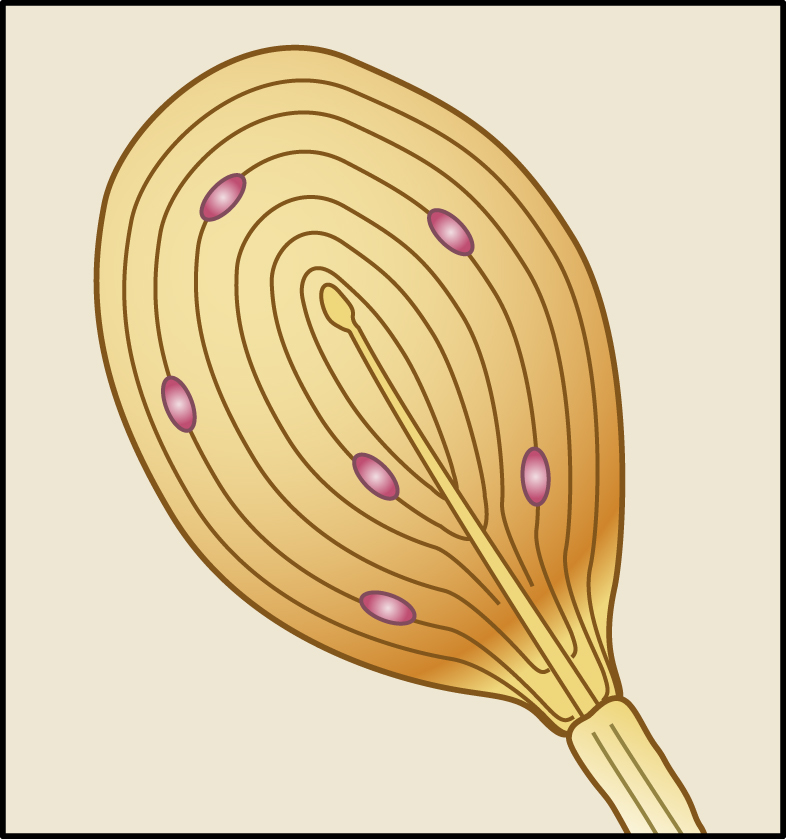Pacini’s corpuscles /päsē″nēz/ [Filippo Pacini, Italian anatomist, 1812–1883; L, corpusculum, little body] , special sensory end organs resembling tiny white bulbs. Each is attached to the end of a single nerve fiber in the subcutaneous, submucous, and subserous connective tissue of many parts of the body, especially the palm of the hand, sole of the foot, genital organs, joints, and pancreas. They average about 3 mm in diameter, are pressure sensitive and vibration sensitive, contain numerous concentric layers around a central core, and in cross section resemble an onion. Also called pacinian corpuscles. Compare Golgi-Mazzoni corpuscles, Krause’s corpuscles.

